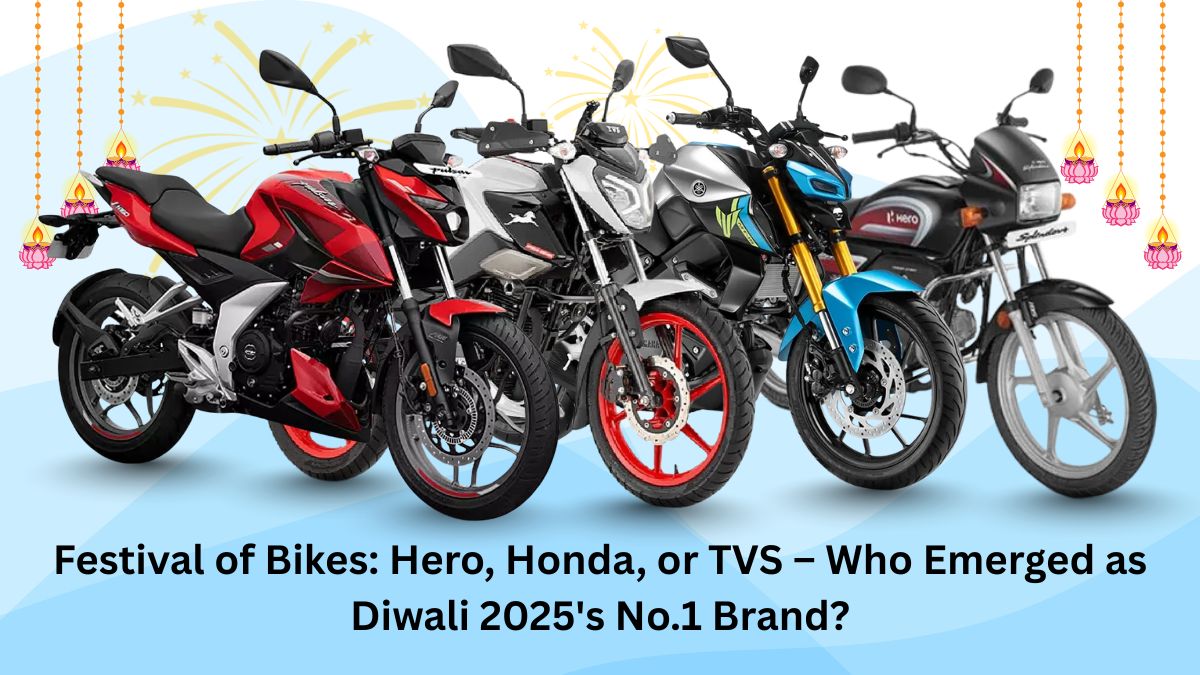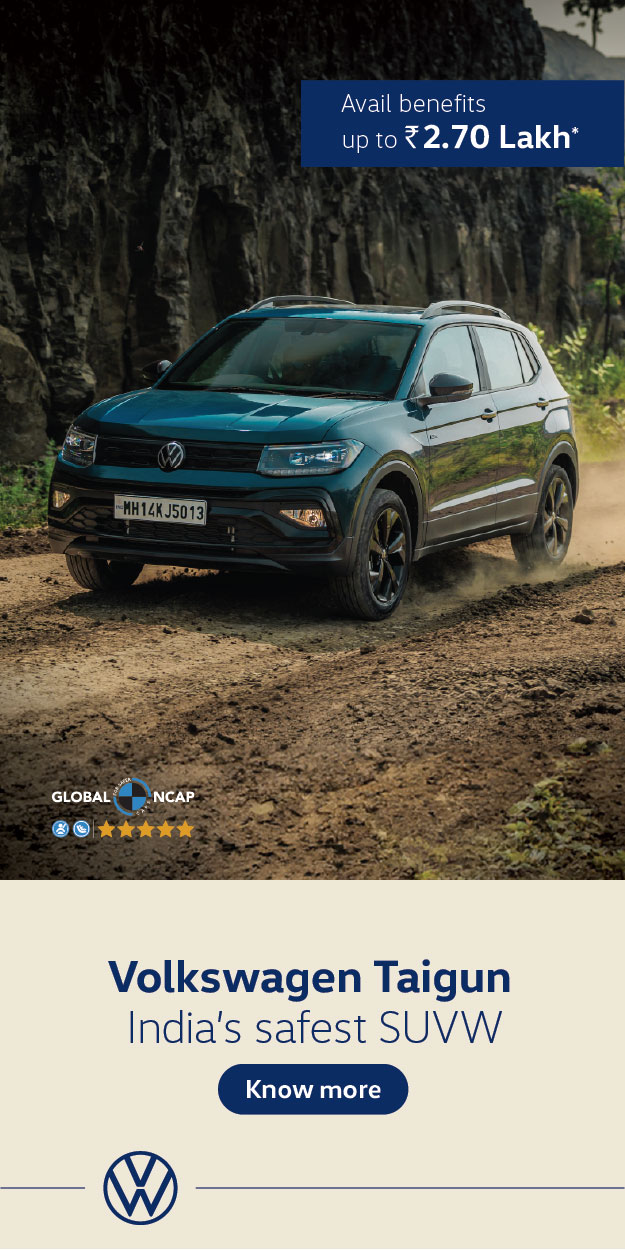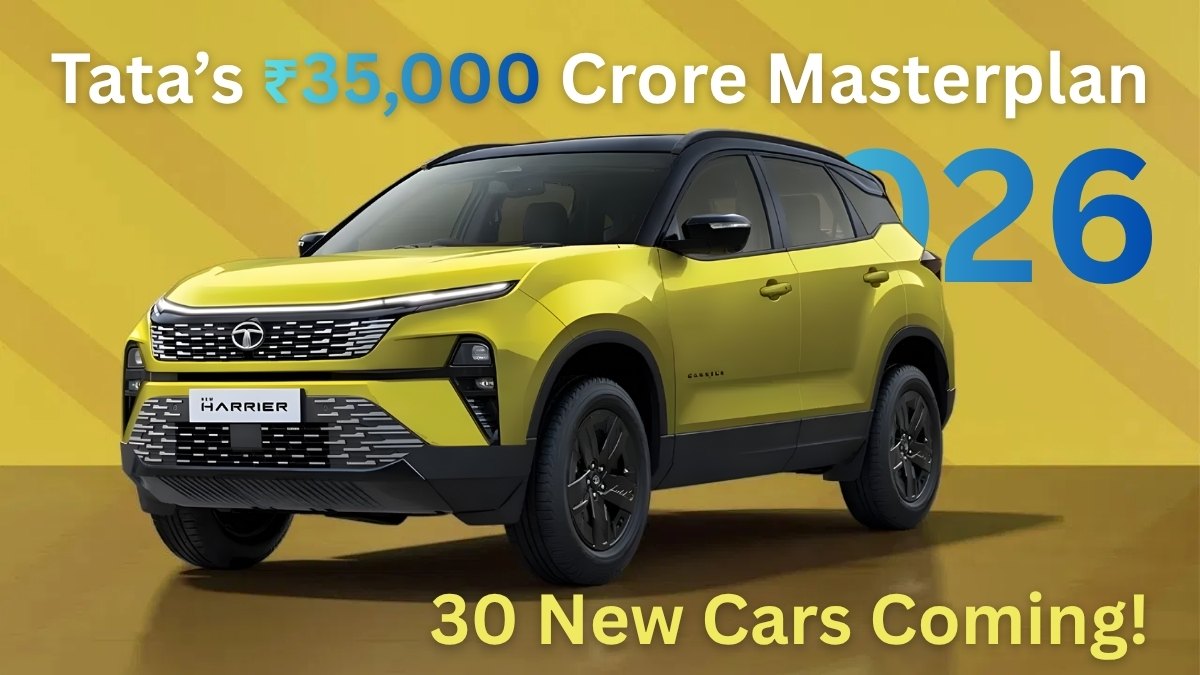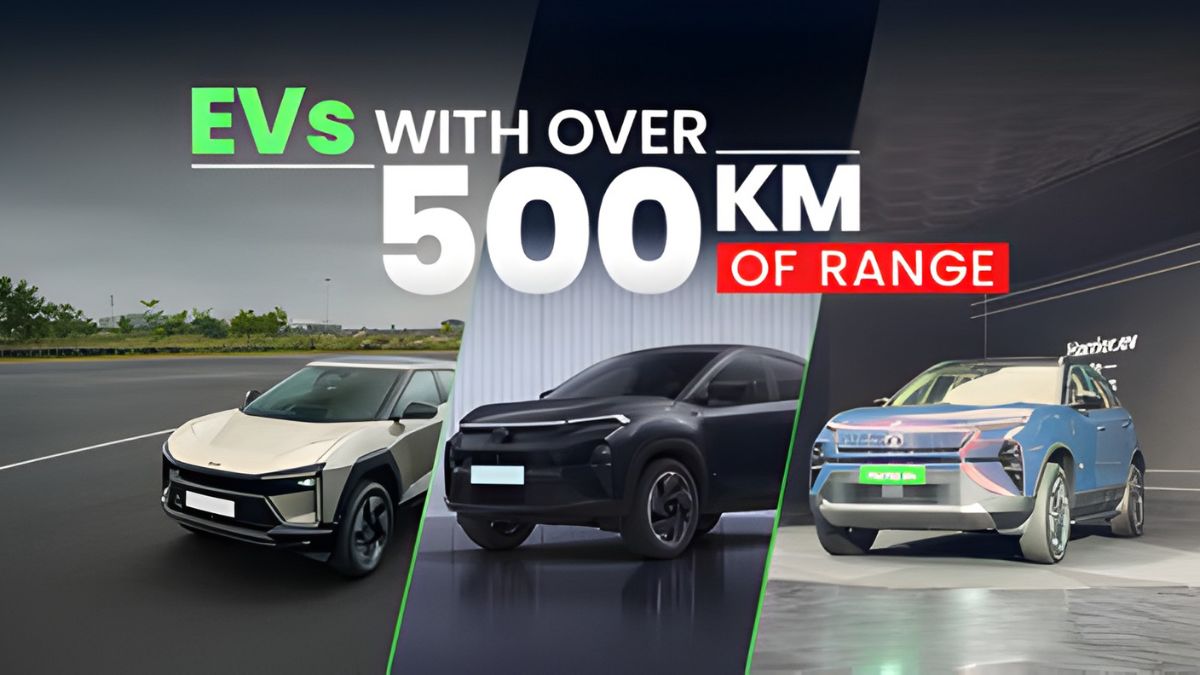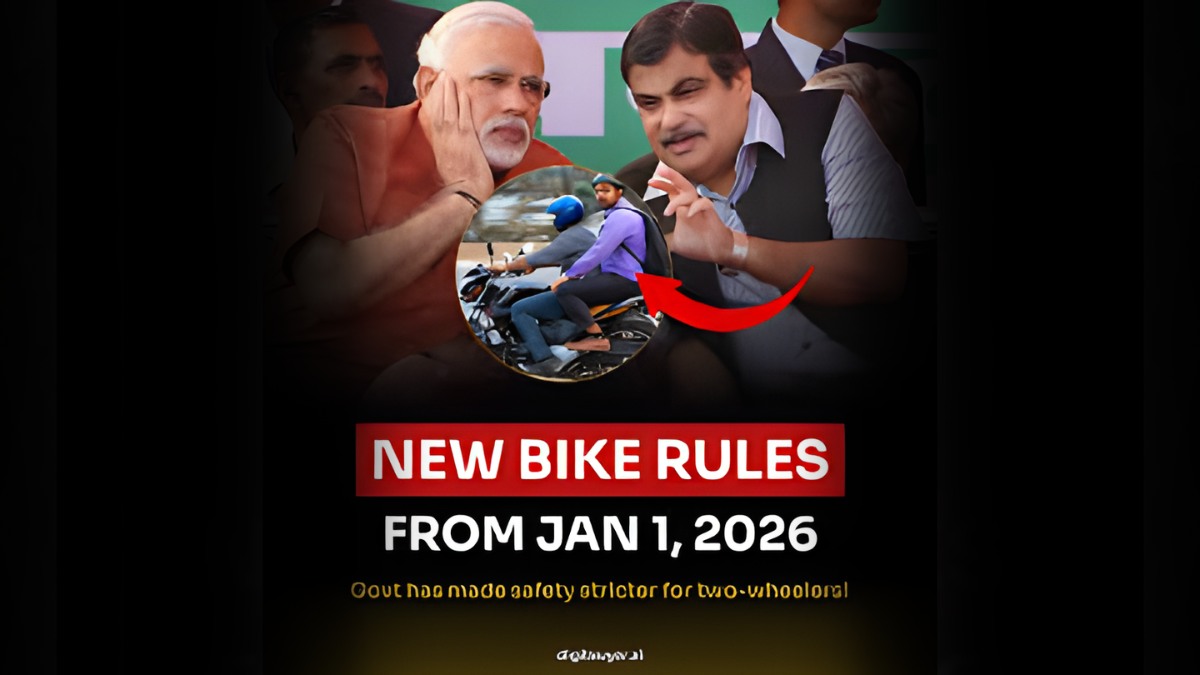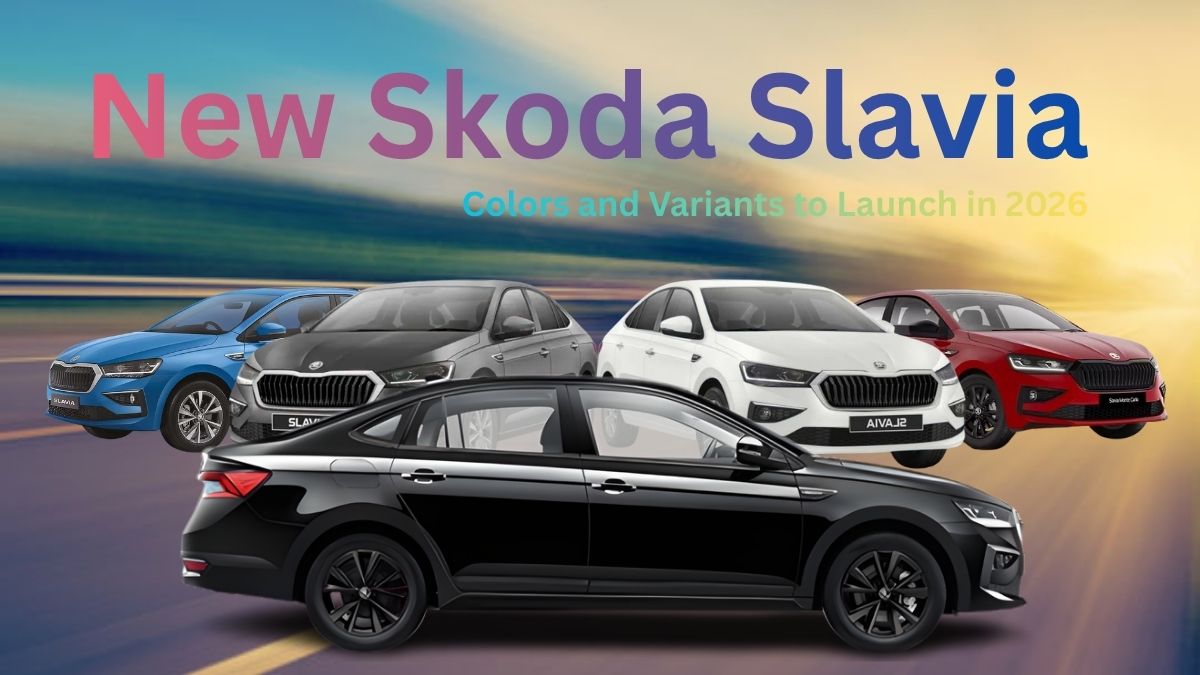EV War 2025: Ola vs Ather vs Bajaj – Who Will Be the Tesla of India?
- Electric-bike
- 17 Sep, 2025

India’s electric vehicle (EV) revolution is heating up like never before, with 2025 emerging as a decisive year. The three biggest names—Ola Electric, Ather Energy, and Bajaj Auto—are battling head-to-head for dominance in the electric two-wheeler market. Each brand brings unique strengths, innovations, and customer appeal. The big question: Who will truly become the “Tesla of India”?
The State of India’s EV Market in 2025
The Indian EV market is projected to cross 2 million two-wheeler sales in 2025, fueled by government subsidies, rising fuel prices, and consumer demand for affordable green mobility. Ola, Ather, and Bajaj together hold nearly 65% of the EV scooter market share, making their competition one of the most defining battles in India’s auto sector.
Ola Electric – The Aggressive Disruptor
Ola Electric has shaken the EV world with its S1 lineup, offering long ranges (up to 181 km), advanced features like moveOS, and competitive pricing. Ola has also announced plans to launch motorcycles and mass-market EVs, signaling its ambition to dominate not just scooters but the broader EV space.
- USP: Affordable pricing + tech-loaded scooters.
- Target Audience: Urban youth and daily commuters seeking style and value.
- Strength: Large-scale manufacturing at the Ola Futurefactory, promising supply stability.
Ather Energy – The Tech-Savvy Innovator
Ather Energy has built a loyal base with its Ather 450X, known for premium build quality, fast charging, and real-time riding insights through the Ather app. In 2025, Ather is focusing on expanding its Ather Grid fast-charging network, making range anxiety a thing of the past.
- USP: Performance + connected features.
- Target Audience: Tech-driven riders who prioritize quality.
- Strength: First-mover advantage and strong after-sales service.
Bajaj Auto – The Legacy Player with Trust
Bajaj, with its Chetak EV, is leveraging decades of trust and a massive dealership network. Unlike Ola and Ather, Bajaj’s approach is more conservative, focusing on durability and long-term reliability rather than flashy features. The 2025 Chetak models are expected to be more affordable, targeting middle-class families looking for dependable EVs.
- USP: Brand trust + proven service network.
- Target Audience: Families and working professionals.
- Strength: Strong offline presence and financing options.
Quick Comparison Table
| Brand | Strengths | Weaknesses | Target Buyers | 2025 Edge |
|---|---|---|---|---|
| Ola | Affordable, feature-rich, mass reach | Quality concerns raised | Young, style-conscious riders | Market disruptor |
| Ather | Premium tech, charging infra | Higher upfront cost | Tech-savvy urban commuters | Loyal community |
| Bajaj | Trust, durability, service network | Slow innovation pace | Middle-class & families | Legacy advantage |
Why Choose These EVs?
- Eco-Friendly: All three brands cut carbon emissions drastically compared to petrol scooters.
- Savings: EVs reduce fuel and maintenance costs by up to 70%.
- Variety: Customers can choose based on performance, budget, or brand trust.
- Future-Ready: OTA updates, charging infra, and government subsidies make EVs a smarter investment.
Who Will Be the Tesla of India?
- Ola Electric is racing ahead with scale and affordability, much like Tesla’s disruptive entry.
- Ather Energy is the tech-focused premium brand, creating a community like Apple enthusiasts.
- Bajaj Auto represents reliability, appealing to traditional buyers.
In truth, the “Tesla of India” may not be one company—it could be a mix, where Ola leads in mass adoption, Ather dominates innovation, and Bajaj sustains trust.
Conclusion
The EV War 2025 is more than just a battle of scooters—it’s a fight for the future of mobility in India. Ola, Ather, and Bajaj each bring unique strengths, but the ultimate winner will be the one that balances affordability, technology, and trust. For consumers, this war is a blessing, as competition means better products, lower prices, and wider adoption of EVs.
FAQs
Q1: Which EV scooter has the longest range in 2025?
A: Ola S1 Pro currently leads with a range of up to 181 km.
Q2: Are EV scooters cheaper than petrol scooters in the long run?
A: Yes, running and maintenance costs are significantly lower.
Q3: Who has the best charging network in India?
A: Ather Energy is ahead with its fast-growing Ather Grid network.
Q4: Is Bajaj Chetak a good buy for families?
A: Yes, it’s reliable, durable, and backed by Bajaj’s service network.
Q5: Will EV scooters become cheaper in 2025?
A: Yes, thanks to GST cuts, subsidies, and competition, EVs are becoming more affordable.
Latest Bike News
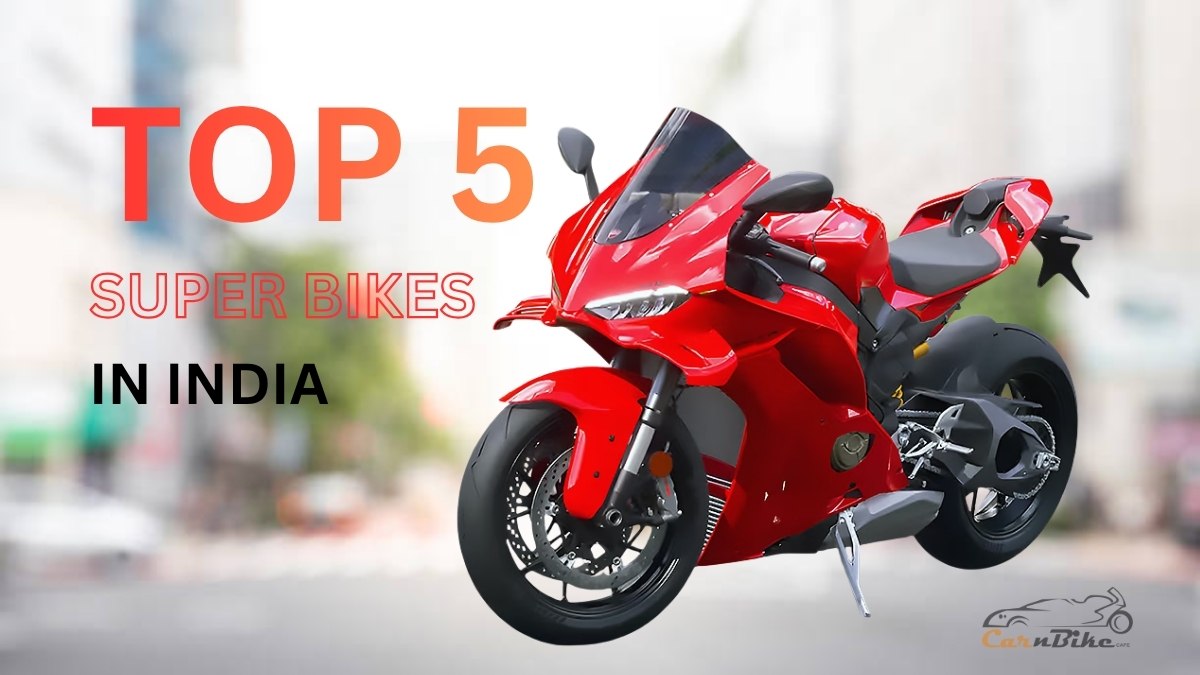

Yamaha’s AI-Powered Bike — The Machine That Learns to Ride!

TVS Raider 125 vs Hero Xtreme 125R – Which Bike Offers the Best Value for Money?

Electric vs Petrol Bike in 2026: Which One Should You Buy?
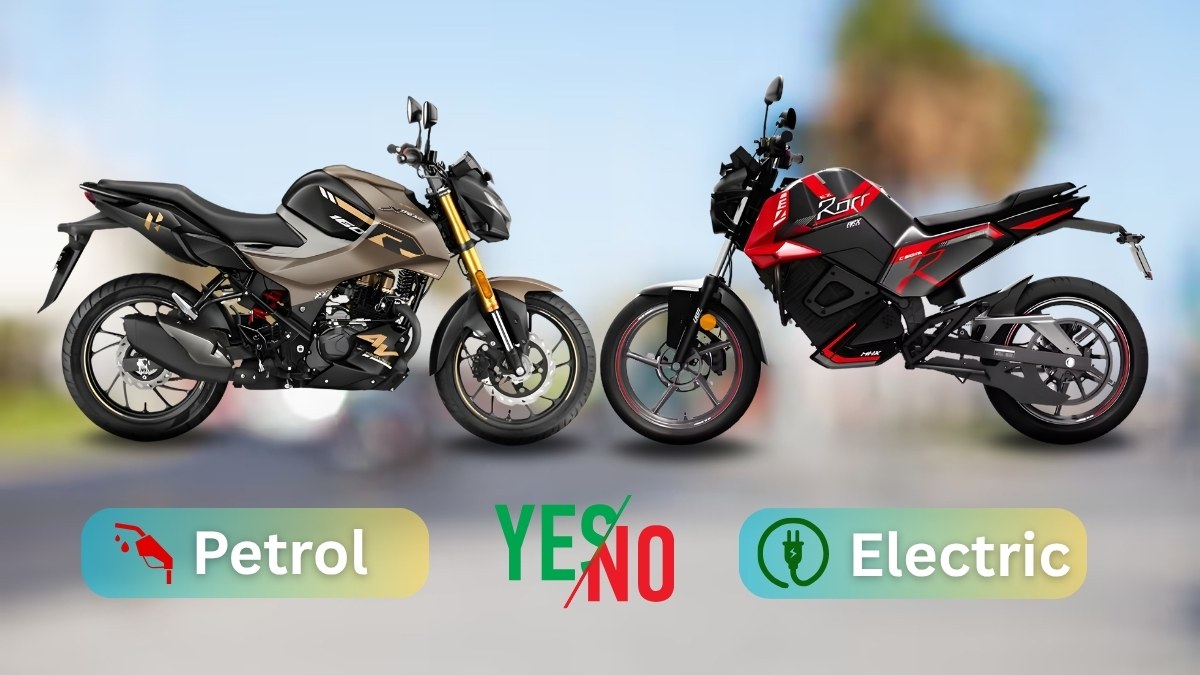
Petrol or Electric in 2026? The Truth Every Car Buyer Must Know!
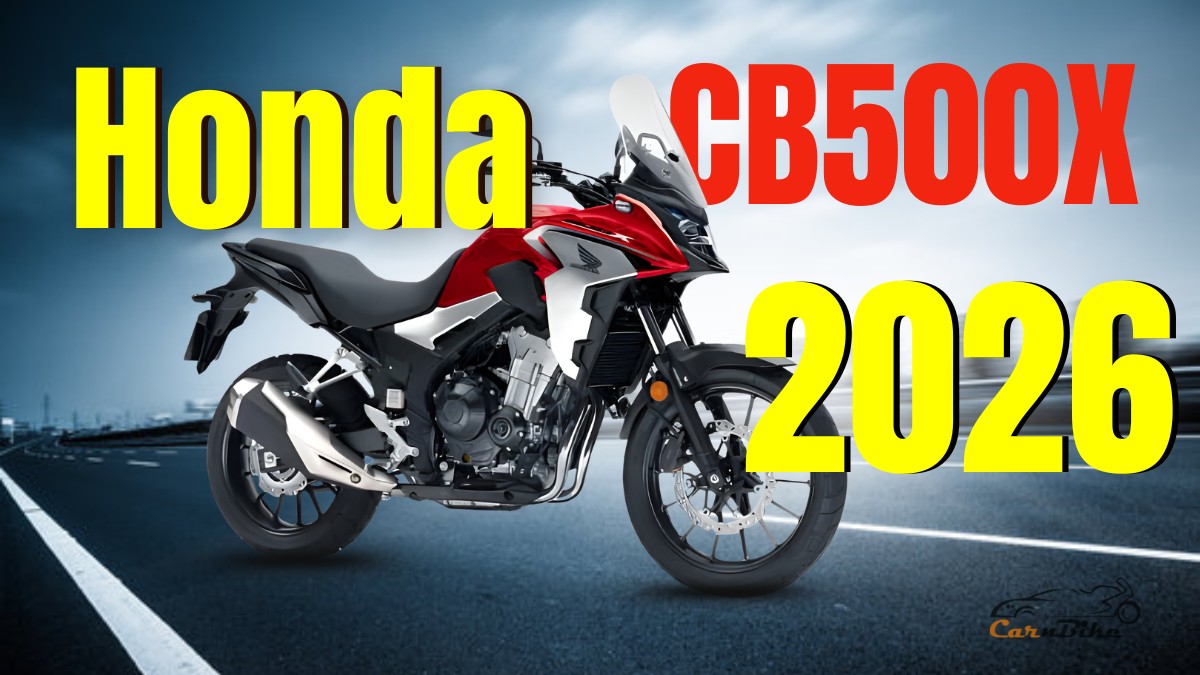
Honda CB500X 2026 – India Launch Confirmed Adventure Tourer

New Traffic Rules and Helmet Safety Standards for 2026: What Every Rider Must Know

Top 10 Bikes Set to Launch in 2026 | Upcoming Models

Best Bikes Under ₹2 Lakh in 2025: Performance vs Mileage Showdown
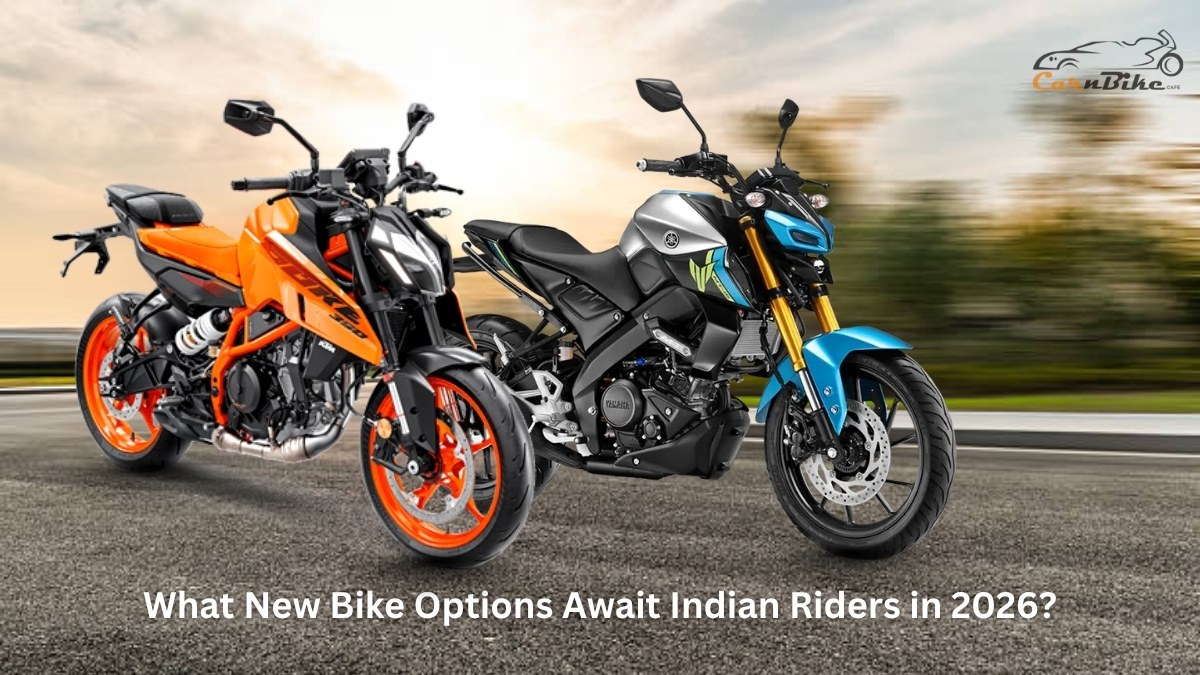
What New Bike Options Await Indian Riders in 2026?
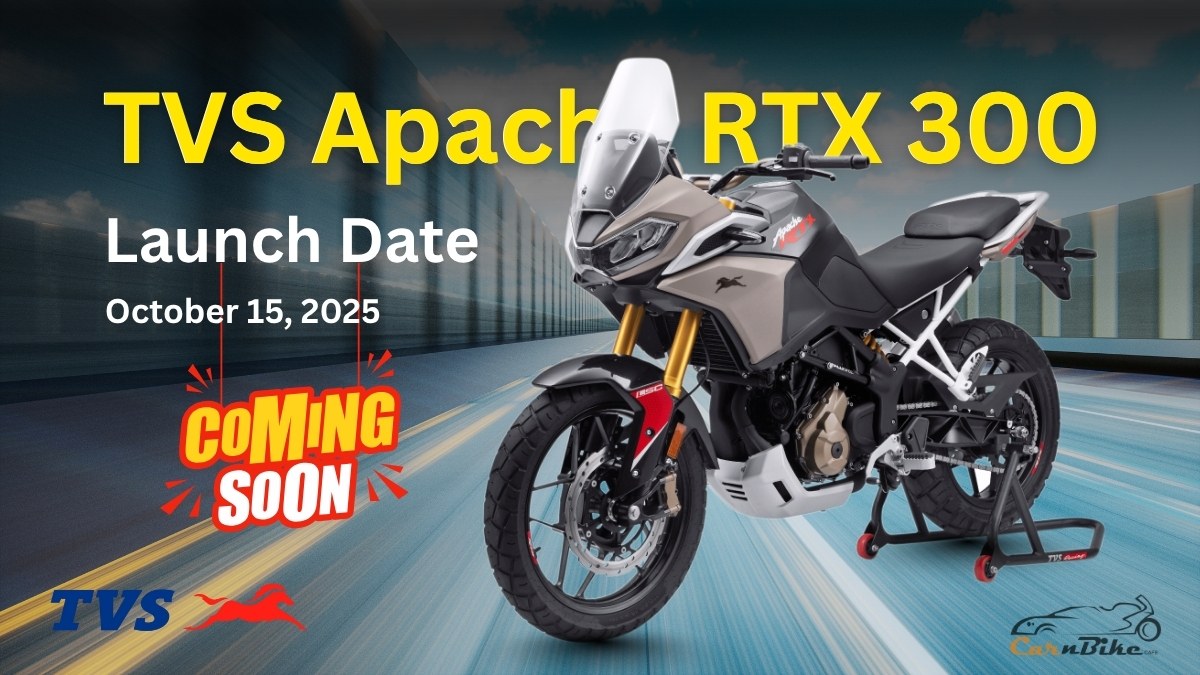
TVS Apache RTX 300: The Affordable Adventure Bike Revolution in India?
